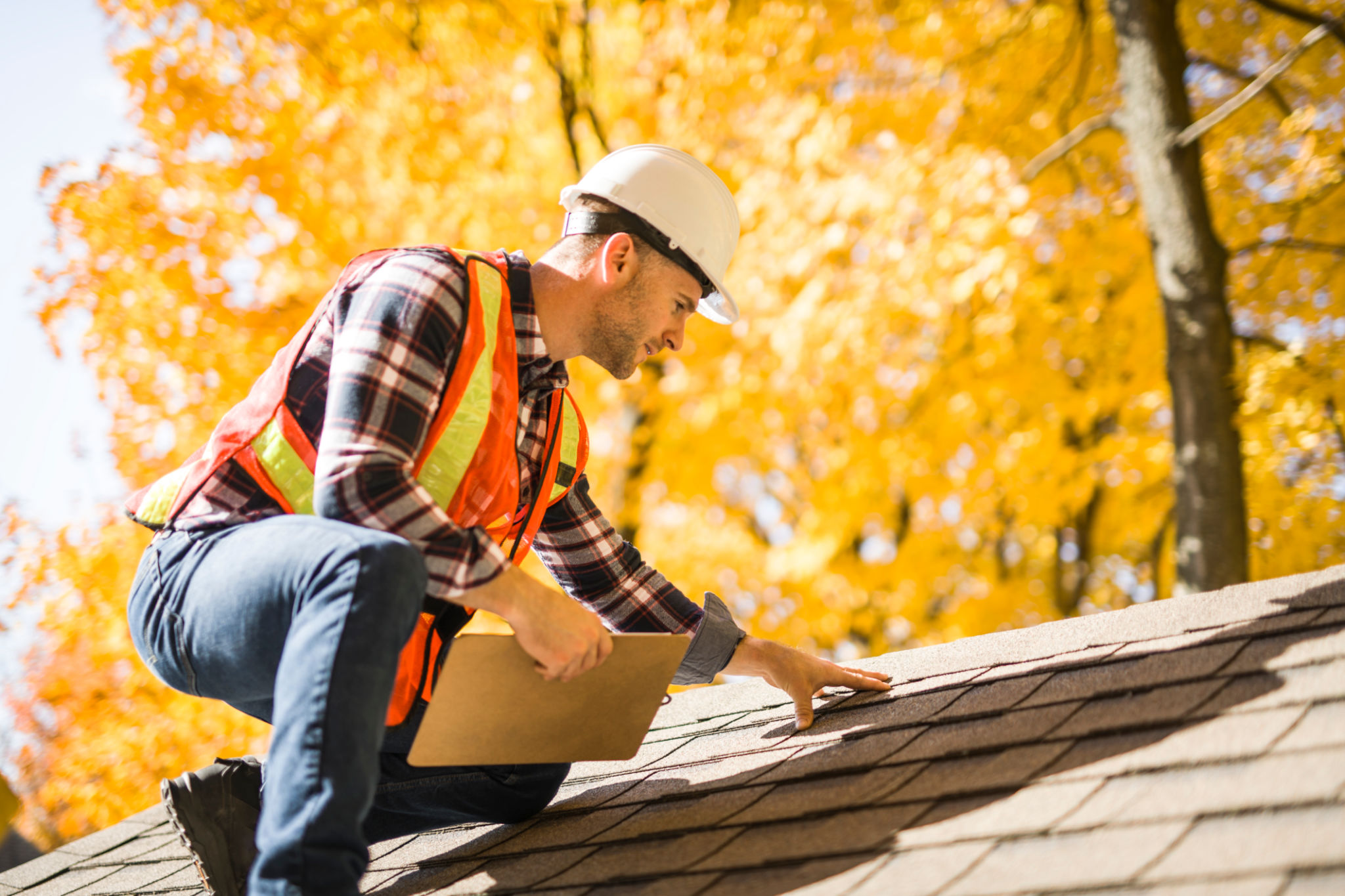Preparing Your Home for Winter: Essential Construction Tips
Inspect Your Roof
As winter approaches, one of the first areas to focus on is your roof. A thorough inspection can reveal potential issues that could lead to leaks or drafts. Look for missing or damaged shingles, and check for any signs of wear around chimneys or skylights. If you find any issues, it's best to address them before the snow and ice set in.
Consider hiring a professional roofing contractor if you are unsure about the condition of your roof. They can provide a detailed assessment and make necessary repairs to prevent heat loss and water damage during the colder months.

Seal Windows and Doors
Windows and doors are common sources of heat loss in a home. To keep your home warm and energy-efficient, ensure all windows and doors are properly sealed. Check for drafts by moving a candle or incense stick around the edges; if the flame flickers, there’s likely a leak.
Use weatherstripping to seal gaps around doors and windows, and consider applying caulk to cracks in window frames. For an extra layer of insulation, install storm windows or apply window film to reduce heat loss.

Insulate Your Home
Proper insulation is crucial for maintaining a comfortable indoor temperature during winter. Check your attic, walls, and basement for adequate insulation. Adding insulation in these areas can significantly reduce heating costs and improve overall comfort.
If you're unsure about how much insulation your home needs, consult with a professional who can recommend the right type and amount for your specific climate and building structure.

Prepare Your Heating System
Your heating system will work overtime during the winter months, so it’s essential to ensure it’s in top condition. Start by replacing or cleaning furnace filters, as dirty filters can restrict airflow and reduce efficiency. Schedule an annual maintenance check with an HVAC professional to inspect and service your system.
Consider installing a programmable thermostat to optimize heating schedules and reduce energy consumption when you're not at home. Regular maintenance and smart heating management can help you stay warm while keeping energy bills in check.
Check Gutters and Downspouts
Clogged gutters can lead to water damage and ice dams during winter. Clean out leaves, twigs, and debris from gutters and downspouts to ensure proper water drainage. This will prevent water from overflowing and freezing, which can cause damage to your home's exterior.
Ensure that downspouts direct water at least five feet away from your home's foundation to avoid flooding problems. Consider installing gutter guards to minimize debris buildup throughout the season.

Protect Outdoor Structures
Don't forget about outdoor structures like decks, patios, and sheds. Apply weatherproofing sealants to wood surfaces to protect them from moisture damage. Remove or cover outdoor furniture to prevent weather-related wear and tear.
If you have a pool, make sure it's properly covered and winterized. Drain garden hoses and shut off outdoor water valves to prevent pipes from freezing and bursting during the coldest months.

